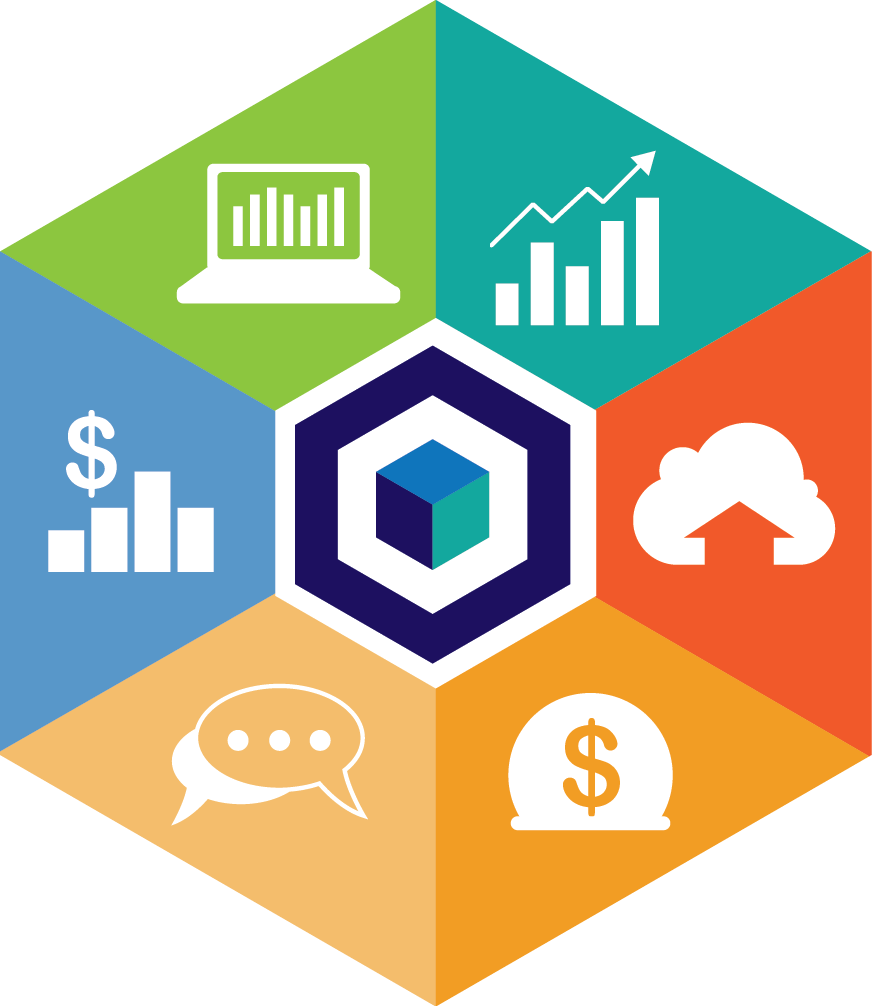Introduction:
In the realm of business operations and management, Enterprise Asset Management (EAM) and Enterprise Resource Planning (ERP) systems play pivotal roles in optimizing efficiency, productivity, and decision-making processes. While both EAM and ERP solutions aim to streamline organizational workflows and enhance resource utilization, they serve distinct purposes and cater to different aspects of enterprise management. In this comprehensive guide, we’ll delve into the intricacies of EAM and ERP systems, comparing and contrasting their features, values, and applications through detailed use cases to provide a comprehensive understanding of each.

1. Understanding Enterprise Asset Management (EAM):
1.1. Definition and Scope:
- Enterprise Asset Management (EAM) involves the management of an organization’s physical assets throughout their lifecycle, from acquisition to disposal.
- EAM systems focus on optimizing the maintenance, performance, and utilization of assets such as machinery, equipment, facilities, and infrastructure.
1.2. Key Features of EAM Systems:
- Asset Register: Maintains a centralized database of all organizational assets, including details such as location, condition, maintenance history, and depreciation.
- Preventive Maintenance: Enables scheduling and execution of routine maintenance tasks to minimize downtime, extend asset lifespan, and enhance reliability.
- Work Order Management: Facilitates the creation, assignment, and tracking of work orders for maintenance, repairs, and inspections.
- Asset Tracking and Monitoring: Utilizes sensors, IoT devices, and data analytics to monitor asset performance, health, and utilization in real-time.
1.3. Value Proposition of EAM:
- Improved Asset Performance: EAM systems help organizations optimize asset performance and reliability through proactive maintenance strategies and data-driven insights.
- Cost Reduction: By minimizing unplanned downtime, reducing maintenance costs, and extending asset lifespan, EAM solutions contribute to cost savings and operational efficiency.
- Compliance and Risk Management: EAM systems ensure regulatory compliance, safety standards, and risk mitigation through comprehensive asset tracking, maintenance records, and audits.
2. Exploring Enterprise Resource Planning (ERP) Systems:
2.1. Definition and Scope:
- Enterprise Resource Planning (ERP) systems integrate and streamline core business processes, including finance, human resources, supply chain, and operations, within a single unified platform.
- ERP solutions enable organizations to manage resources, data, and workflows across departments and functions, providing real-time visibility and control over business operations.
2.2. Key Features of ERP Systems:
- Financial Management: Includes modules for accounting, budgeting, invoicing, and financial reporting to ensure accurate financial tracking and compliance.
- Supply Chain Management: Facilitates procurement, inventory management, order fulfillment, and logistics to optimize supply chain operations and enhance efficiency.
- Human Capital Management: Manages employee data, payroll, benefits, performance evaluations, and workforce planning to support HR functions and talent management.
- Customer Relationship Management: Enables organizations to track customer interactions, manage sales pipelines, and deliver personalized services to enhance customer satisfaction and loyalty.
2.3. Value Proposition of ERP:
- Streamlined Business Processes: ERP systems streamline and automate core business processes, eliminating manual inefficiencies, redundancies, and data silos across departments.
- Enhanced Decision-Making: By providing real-time visibility into business operations and performance metrics, ERP solutions empower decision-makers with actionable insights and data-driven analytics.
- Scalability and Adaptability: ERP systems are designed to scale with organizational growth and adapt to changing business needs, supporting agility, flexibility, and innovation.
3. Comparing EAM and ERP Systems:
3.1 Use Cases for EAM:
- Manufacturing Industry: A manufacturing company utilizes EAM software to manage its production equipment, scheduling preventive maintenance, tracking spare parts inventory, and optimizing equipment uptime.
- Utilities Sector: A utility provider implements EAM solutions to manage its infrastructure assets, such as power plants, pipelines, and substations, ensuring regulatory compliance, reliability, and safety.
- Transportation and Logistics: A transportation company leverages EAM systems to monitor its fleet of vehicles, track maintenance schedules, and optimize fuel consumption, reducing operational costs and enhancing fleet performance.
3.2. Use Cases for ERP:
- Retail Sector: A retail chain adopts ERP software to streamline its supply chain, manage inventory levels, forecast demand, and analyze sales data to optimize product assortment and pricing strategies.
- Financial Services: A financial institution deploys ERP solutions to centralize its financial operations, including accounting, budgeting, and regulatory reporting, ensuring compliance and financial transparency.
- Healthcare Industry: A hospital integrates ERP systems to streamline patient management, billing, and medical records, enhancing operational efficiency, patient care, and regulatory compliance.
Conclusion:
While Enterprise Asset Management (EAM) and Enterprise Resource Planning (ERP) systems serve distinct purposes, they are both essential components of modern enterprise management. EAM systems focus on optimizing the maintenance and performance of physical assets, while ERP solutions streamline core business processes and operations across departments. By understanding the unique features, values, and applications of EAM and ERP systems through detailed use cases, organizations can make informed decisions about selecting and implementing the right solutions to meet their specific needs and objectives.



